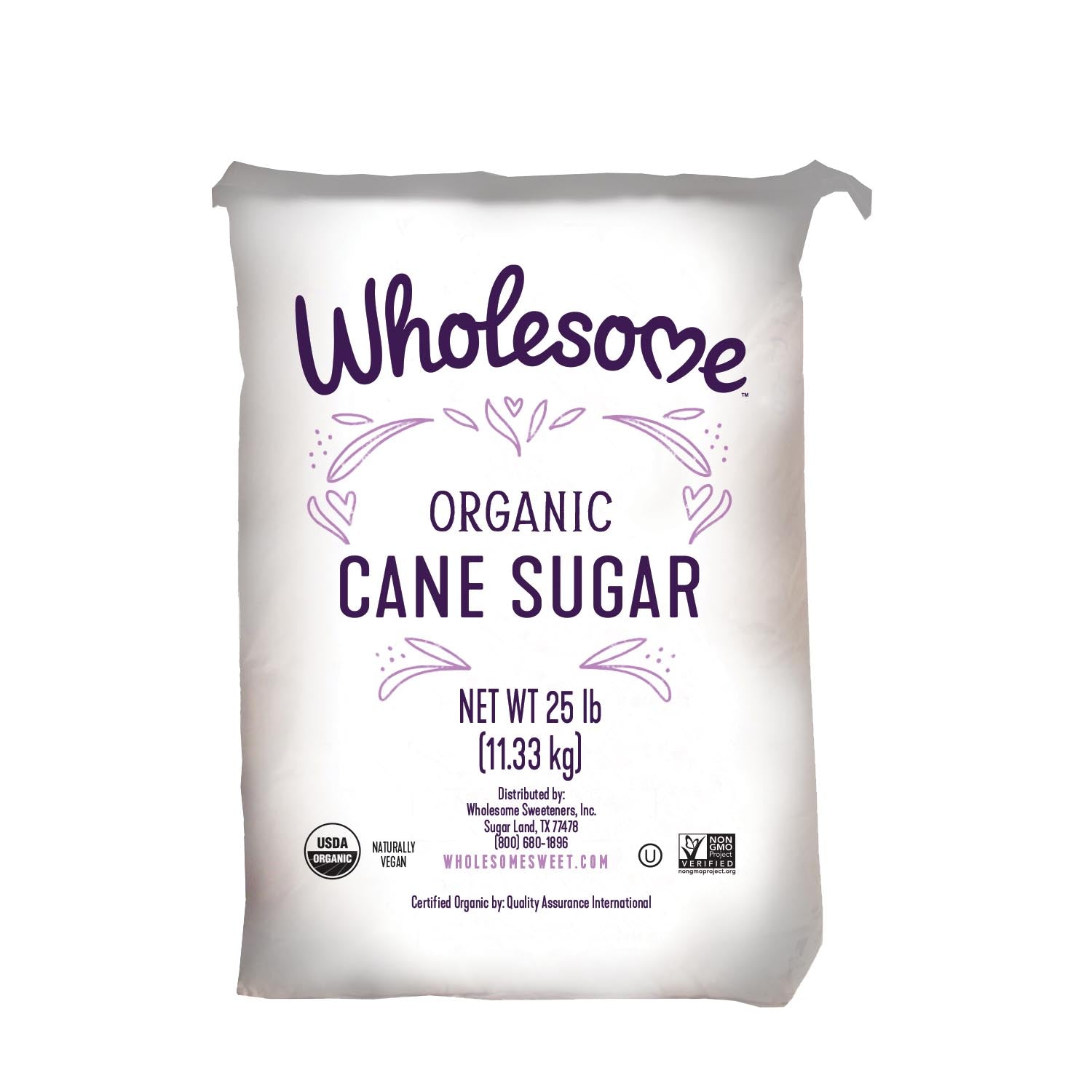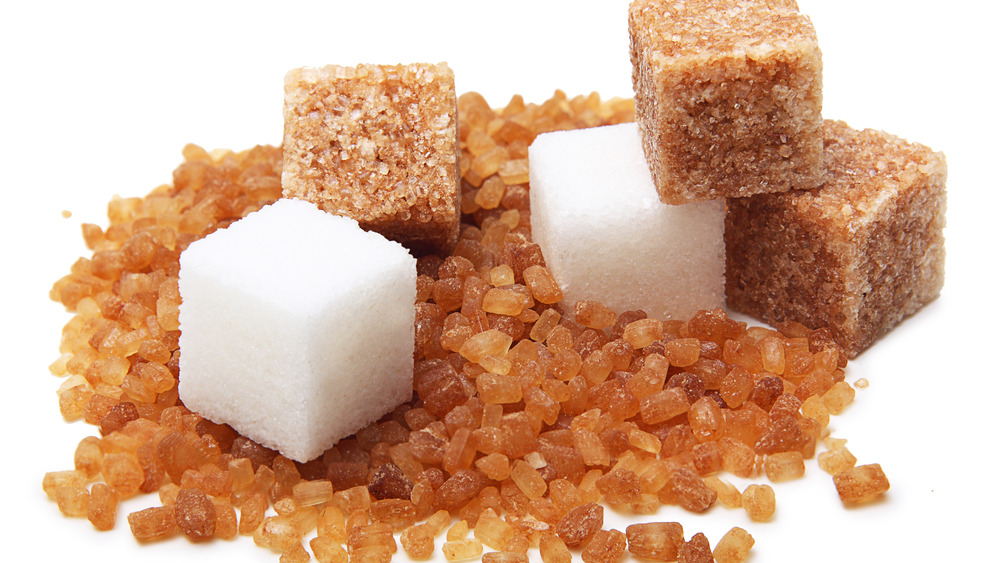Cane Sugar Processing Explained: What Happens Inside a Sugar Mill
Cane Sugar Processing Explained: What Happens Inside a Sugar Mill
Blog Article
Comprehending the Critical Strategies and Technologies Used in Modern Walking Cane Sugar Handling
The evolution of walking cane sugar processing has actually been considerably shaped by the assimilation of innovative methods and innovations that address both performance and sustainability. As we check out these vital developments, it comes to be necessary to check out just how they not just boost manufacturing however likewise straighten with more comprehensive industry trends and consumer needs, raising inquiries about the future of sugar handling and its implications for global markets.
Historical Context of Walking Cane Sugar Handling
The historical context of cane sugar processing exposes an abundant tapestry of farming development and social exchange that has actually formed its growth over centuries. Coming From Southeast Asia, sugarcane was grown as early as 8000 BCE - Cane Sugar Processing. The process of extracting and refining sugar got energy in India, where approaches for formation were developed around the 6th century. This expertise passed through to the Middle East, and by the 12th century, sugar became a valued asset in Europe, resulting in the establishment of sugar haciendas in the Mediterranean.

Advanced Extraction Strategies
Effectiveness in cane sugar extraction has seen significant developments, driven by the requirement for greater returns and lower production prices. This method not just raises sugar yield however additionally minimizes the power required for processing.
Furthermore, the fostering of membrane layer filtration modern technologies, such as nanofiltration and reverse osmosis, has actually transformed the splitting up of sugar from impurities. These techniques permit for the selective permeation of sugar molecules while preserving larger pollutants, improving the extraction process and reducing waste.
Additionally, the combination of constant extraction systems has caused boosted functional effectiveness. Cane Sugar Processing. These systems keep a consistent circulation of walking cane product, ensuring ideal extraction conditions and decreasing downtime connected with set handling
Innovative Refining Technologies
Refining techniques in cane sugar processing have undergone a transformative change, driven by the demand for greater pureness and boosted product quality. One of the most significant developments is the fostering of membrane purification innovations, such as ultrafiltration and nanofiltration. These procedures effectively remove impurities and colorants without the requirement for comprehensive chemical treatments, thus protecting the sugar's all-natural flavor and enhancing its appeal.
An additional considerable improvement is using ion exchange resins, which enable for careful removal of unwanted ions from sugar remedies. This modern technology not just boosts the total purity of the last item yet also adds to decreased waste and ecological influence.
Moreover, advancements in adsorption strategies, using triggered carbon and other advanced materials, have shown reliable in decolorizing sugar services while preserving optimal quality. The combination of these cutting-edge refining modern technologies makes sure that makers can create polished sugar with remarkable quality and preference, fulfilling the advancing choices of Read Full Article customers.
Automation and Control Equipment
Current advancements in refining technologies have actually led the way for substantial renovations in automation and control systems within cane sugar handling facilities. These systems make use of advanced software program and hardware to improve operational performance, minimize human mistake, and make certain constant product quality.
Modern automation integrates different components, consisting of sensing units, actuators, and programmable reasoning controllers (PLCs), enabling real-time surveillance and control of essential processes. As an example, pressure, circulation, and temperature level rates can be specifically controlled during extraction, clarification, and crystallization phases, enhancing performance and reducing waste.
Moreover, progressed data analytics and artificial intelligence algorithms play a pivotal duty in anticipating maintenance, allowing operators to prepare for devices failings prior to they happen. This proactive method not only reduces downtime but likewise expands the lifespan of machinery.
Additionally, automation helps with the application of Sector 4.0 concepts, equipping sugar mills to attain better connection and data exchange across procedures. Consequently, decision-making comes to be even more agile and educated, ultimately boosting the general competitiveness of walking cane sugar manufacturing. With these advancements, the industry is well-positioned to satisfy growing global needs while keeping operational excellence.
Sustainability Practices in Sugar Manufacturing
Sustainability practices in sugar manufacturing have actually ended up being progressively essential as the market looks for to balance economic viability with ecological responsibility. As consumer understanding grows regarding the environmental influences of agricultural methods, sugar producers are embracing cutting-edge techniques to decrease their ecological impact.
One substantial strategy is the execution of precision agriculture methods, which utilize data analytics you could try this out to maximize source use, such as water and fertilizers. This decreases waste and lessens the influence on local environments. Furthermore, lots of manufacturers are transitioning Cane Sugar Processing to eco-friendly power resources, such as biomass from sugarcane results, to power their procedures, therefore lowering reliance on nonrenewable fuel sources.
Water monitoring methods are likewise critical; rainwater harvesting and reliable watering systems aid minimize water deficiency problems. Cane Sugar Processing. Furthermore, integrated pest monitoring techniques minimize chemical usage, promoting biodiversity and soil wellness
Company social duty campaigns are emerging, with companies buying neighborhood areas and making certain reasonable labor methods. By welcoming these sustainability techniques, the sugar market not only enhances its credibility but additionally adds to a much more lasting agricultural landscape, paving the means for future generations.

Final Thought
In recap, modern-day walking cane sugar processing incorporates a variety of sophisticated methods and modern technologies that significantly improve yield, sustainability, and effectiveness. The fostering of cutting-edge removal and refining approaches, along with automation and control systems, promotes boosted functional efficiency and item top quality. Furthermore, the emphasis on sustainable techniques emphasizes a dedication to minimizing ecological influence and advertising moral production. Collectively, these developments position the walking stick sugar market to meet contemporary demands while attending to essential worldwide obstacles.
The development of cane sugar handling has been significantly formed by the integration of innovative techniques and modern technologies that attend to both efficiency and sustainability.The historic context of cane sugar handling exposes an abundant tapestry of agricultural innovation and social exchange that has formed its advancement over centuries. Technologies in milling and refining emerged, laying the foundation for modern walking stick sugar handling.Refining strategies in walking stick sugar handling have gone through a transformative shift, driven by the need for greater purity and enhanced item quality.In recap, modern walking stick sugar handling incorporates a variety of innovative techniques and modern technologies that significantly improve yield, effectiveness, and sustainability.
Report this page